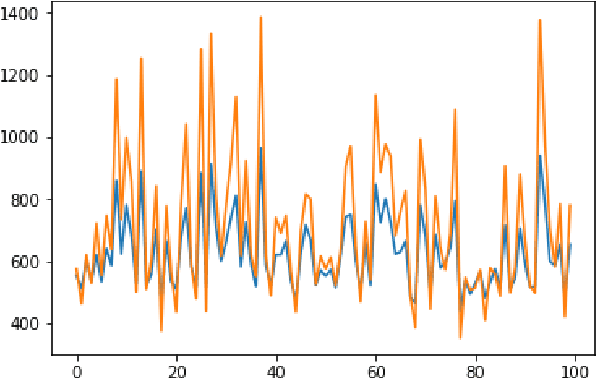Sayali Ghodekar
Strategies of Effective Digitization of Commentaries and Sub-commentaries: Towards the Construction of Textual History
Jan 05, 2022



Abstract:This paper describes additional aspects of a digital tool called the 'Textual History Tool'. We describe its various salient features with special reference to those of its features that may help the philologist digitize commentaries and sub-commentaries on a text. This tool captures the historical evolution of a text through various temporal stages, and interrelated data culled from various types of related texts. We use the text of the K\=a\'sik\=avrtti (KV) as a sample text, and with the help of philologists, we digitize the commentaries available to us. We digitize the Ny\=asa (Ny), the Padama\~njar\=i (Pm) and sub commentaries on the KV text known as the Tantraprad\=ipa (Tp), and the Makaranda (Mk). We divide each commentary and sub-commentary into functional units and describe the methodology and motivation behind the functional unit division. Our functional unit division helps generate more accurate phylogenetic trees for the text, based on distance methods using the data entered in the tool.
Cognition-aware Cognate Detection
Dec 15, 2021



Abstract:Automatic detection of cognates helps downstream NLP tasks of Machine Translation, Cross-lingual Information Retrieval, Computational Phylogenetics and Cross-lingual Named Entity Recognition. Previous approaches for the task of cognate detection use orthographic, phonetic and semantic similarity based features sets. In this paper, we propose a novel method for enriching the feature sets, with cognitive features extracted from human readers' gaze behaviour. We collect gaze behaviour data for a small sample of cognates and show that extracted cognitive features help the task of cognate detection. However, gaze data collection and annotation is a costly task. We use the collected gaze behaviour data to predict cognitive features for a larger sample and show that predicted cognitive features, also, significantly improve the task performance. We report improvements of 10% with the collected gaze features, and 12% using the predicted gaze features, over the previously proposed approaches. Furthermore, we release the collected gaze behaviour data along with our code and cross-lingual models.
 Add to Chrome
Add to Chrome Add to Firefox
Add to Firefox Add to Edge
Add to Edge